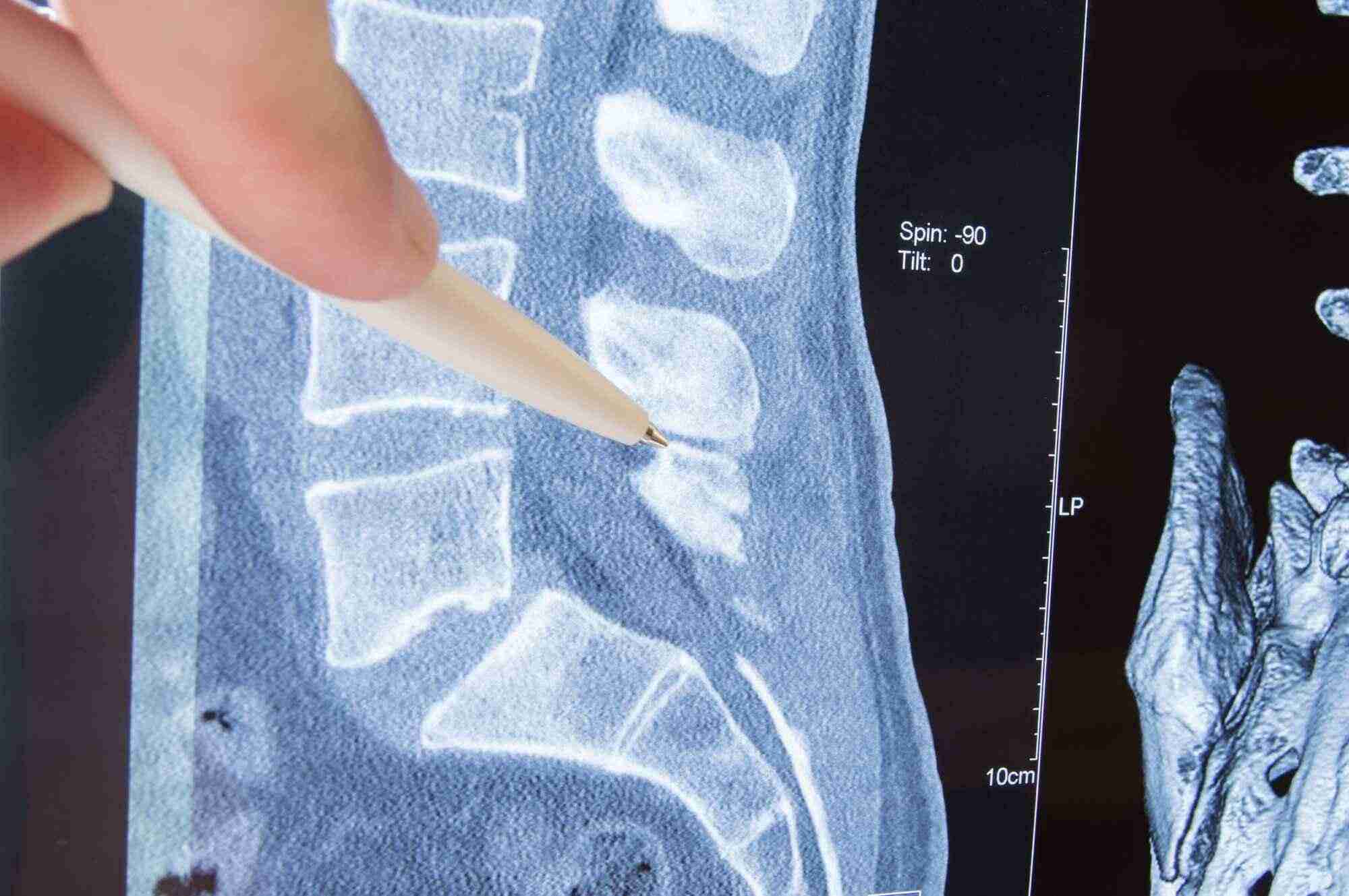Spinal stenosis is a condition that affects the spinal canal. It can cause it to narrow and put pressure on the nerves and spinal cord. This can result in pain, numbness, and weakness.
For those seeking disability benefits for spinal stenosis, it is crucial to understand the medical evidence. This helps determine their spinal stenosis disability rating.
This article will discuss key insights that can help navigate the process and improve the chances of a favorable decision.
Table of Contents
Importance of Medical Evidence
When applying for disability benefits for spinal stenosis, medical evidence plays a crucial role. It helps determine the severity of your condition and its impact on your ability to work.
The Social Security Administration (SSA) uses a complex evaluation process to determine if you meet their criteria for being disabled due to spinal stenosis. This process involves assessing the medical evidence provided by your healthcare providers.
Types of Medical Evidence
Various types of medical evidence can be used to support your claim for a spinal stenosis disability rating. These include:
Diagnostic Tests
Diagnostic tests such as X-rays, MRIs, and CT scans can provide visual evidence of any narrowing or damage to your spinal cord. These tests can also show the location and severity of the stenosis.
Medical Records
Medical records from your healthcare providers are essential pieces of evidence. This document your diagnosis, treatment plans, and any limitations caused by spinal stenosis. These records can help the SSA understand the progression of your condition and its impact on your daily life.
Statements From Healthcare Providers
Statements from your healthcare providers can also be used as medical evidence. These statements should provide specific details. This is about how spinal stenosis affects your ability to work.
Navigating the Process
Submitting strong evidence is crucial in receiving a favorable disability rating. Be sure to maintain open communication with your healthcare providers. Ensure they understand the importance of providing detailed information about your condition.
It may also be beneficial to seek out expert opinions. They have experience working with spine-related disabilities. They can help you get financial support.
It’s essential to carefully read and understand the SSA’s criteria for disability benefits. This can help you identify gaps in your medical evidence. It will also provide additional documentation or clarification if needed.
Seeking Legal Assistance
The process of obtaining a spinal stenosis disability rating can be overwhelming. If you struggle to gather evidence, it is better to see a professional.
A disability lawyer can help guide you through the process. They will ensure all necessary evidence is provided to support your claim by using the VA disability calculator. They can also represent you in appeals if your claim is initially denied.
Common Mistakes and How to Avoid Them
Several common mistakes are made when applying for a spinal stenosis disability rating. Being aware of these and knowing how to avoid them can increase your chances of a successful claim. Some common mistakes include:
- Not providing evidence
- Failing to follow treatment plans
- Not understanding the criteria
To avoid these mistakes, communicate clearly with your healthcare providers. Follow their recommended treatment plans. Be sure to educate yourself on the SSA’s guidelines.
Understanding Spinal Stenosis Disability Rating
Medical evidence is a crucial aspect of obtaining a spinal stenosis disability rating. It provides the necessary information to evaluate the severity of your condition. Understanding this can improve your chances of receiving disability benefits.
It may also be beneficial to seek legal assistance to ensure a successful claim. Keep advocating for yourself, and don’t hesitate to seek help.
Visit our website and read more.





